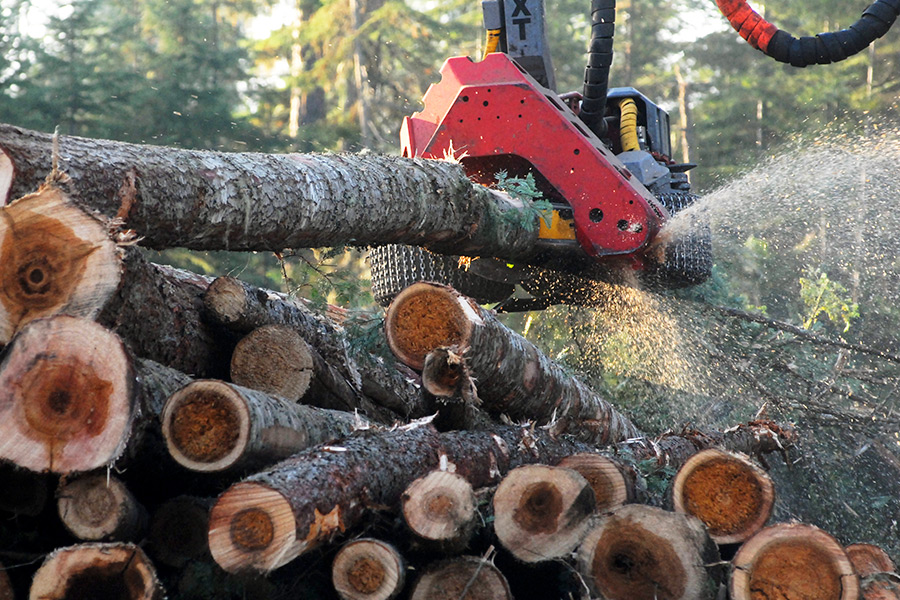A federal judge has refused to lift an injunction on a logging project near Lindbergh Lake in the Swan Valley, siding with a coalition of environmental groups that argued the U.S. Forest Service skirted the public involvement process.
In June 2013, conservation groups Swan View Coalition, Friends of the Wild Swan, Alliance for the Wild Rockies, and Native Ecosystems Council sued to halt the project, challenging the proposed logging on 1,405 acres of forest and construction of nearly six miles of temporary road in lynx, grizzly bear, fisher, and bull trout habitat.
U.S. District Judge Donald Molloy blocked the so-called Glacier Loon project in September 2014, ruling that the Flathead National Forest did not adhere to the proper standards for determining whether the project would affect grizzly bear and bull trout habitat, as well as the threatened water plant howellia.
The U.S. Forest Service recently contended that the injunction should be lifted because the agency has since complied with the court’s order by re-analyzing the timber sale with internal reviews. Molloy disagreed, stating that a supplemental environmental assessment with full public involvement is required before the timber sale moves forward.
“The Forest Service tried to circumvent their obligation to involve the public in the re-analysis,” Arlene Montgomery, program director for Friends of the Wild Swan, said. “We are pleased that the court required them to revise their Environmental Assessment with full public review.”
The Glacier Loon project includes 37,320 acres and extends south and west of Condon on the west side of Montana Highway 93 to the south end of Lindbergh Lake. The area has been logged in the past, with more than 10,000 acres of forest being clear-cut since 1950, according to the environmental groups.
The timber sale was estimated to produce roughly 6.7 million board feet of commercial timber while treating 337 acres with pre-commercial thinning.
The project is within a section of land stretching 111,740 acres that was acquired in 2009 by the Forest Service and previously owned by The Nature Conservancy, which received a $250 million tax refund for the land.
According to the Forest Service, the project was intended to improve and maintain healthy forest stands and to prevent insect and disease infestations and to provide timber for commercial use.
The project area is within the designated “grizzly recovery zone” of the Northern Continental Divide Ecosystem. It is also considered critical habitat for other species listed under the Endangered Species Act, including bull trout.
